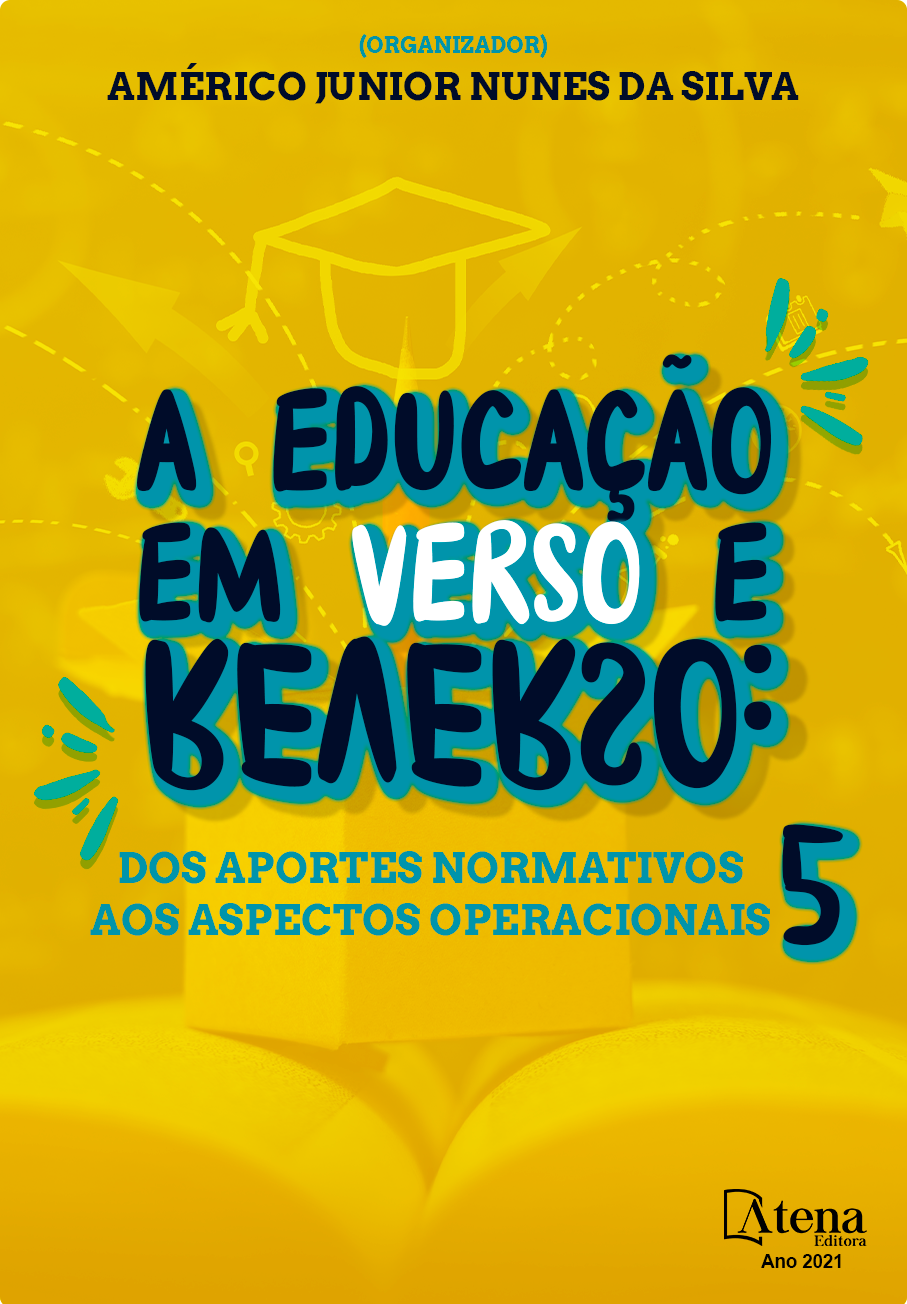
IMPORTÂNCIA DAS INSTITUIÇÕES PRIVADAS NO ENSINO SUPERIOR BRASILEIRO: ANÁLISE E DESAFIOS (1980-2015)
Em 2015 existiam no Brasil 2.364 Instituições de Educação Superior (IES), das quais 2.069 (87,5%) mantidas pela iniciativa privada, e 295 (12,5%) pelo poder público. Diante da representatividade das IES privadas, buscamos aqui contextualizar o crescimento deste setor ao longo dos anos e expor alguns desafios da docência nestas instituições. Após 1990 houve uma acelerada expansão das instituições privadas na educação brasileira, associada ao crescimento das camadas médias da sociedade, às novas oportunidades de trabalho na indústria e serviços, e à reforma educacional ocorrida no Brasil. De 1980 a 2015 o número de matrículas em cursos de graduação presenciais em IES privadas passou de 885.054 para 4.809.793 (aumento de 443,4%) e o número de concluintes passou de 145.475 para 692.167 (aumento de 375,8 %). As IES privadas devem proporcionar aos seus docentes condições adequadas de trabalho, que possibilitem o diálogo entre os diferentes atores da educação superior, de modo a estimular constantemente novas ideias e posturas capazes de prepará-los para o enfrentamento das adversidades de forma criativa, flexível e segura.
IMPORTÂNCIA DAS INSTITUIÇÕES PRIVADAS NO ENSINO SUPERIOR BRASILEIRO: ANÁLISE E DESAFIOS (1980-2015)
-
DOI: https://doi.org/10.22533/at.ed.33021090724
-
Palavras-chave: docência, ensino superior, instituições privadas
-
Keywords: teaching. higher education. private institutions
-
Abstract:
In 2015 there were in Brazil 2,364 higher education institutions (IES), of which 2,069 (87.5%) are maintained by the private sector, and 295 (12.5%) by the public authorities. In view of the representativeness of private IES, we have sought to contextualize the growth of this sector over the years and to expose some of the challenges of teaching in these institutions. After 1990 there was a brisk expansion of private institutions in Brazilian education, associated with the growth of the middle classes of society, new job opportunities in industry and services, and educational reform in Brazil. From 1980 to 2015, the number of undergraduate courses in private IES increased from 885,054 to 4,809,793 (an increase of 443.4%) and the number of graduates increased from 145,475 to 692,167 (375.8% increase). Private IES should provide their teachers with adequate working conditions that enable dialogue between the different actors of higher education, in order to constantly stimulate new ideas and positions capable of preparing them for confronting adversities in a creative, flexible and safe.
-
Número de páginas: 15
- Renata Guimarães de Oliveira Fontan
- Ivan da Costa Ilhéu Fontan


